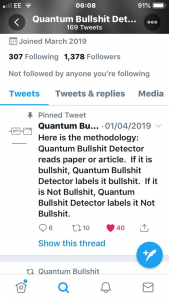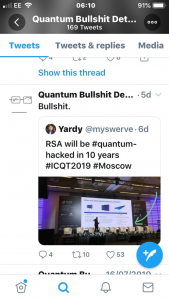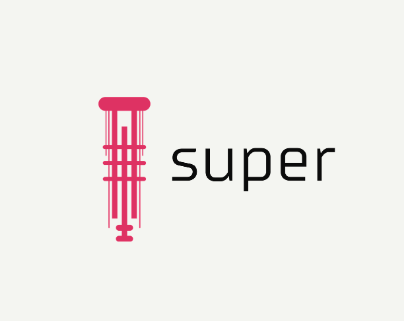‘Scientists Send Light Through 2D Crystal Layer in Quantum Computing Leap’,
‘Aussie Breakthrough in Quantum Computing is a Giant Leap for Tech’
‘Physicists Have Reversed Time on The Smallest Scale by Using a Quantum Computer’.
What do all these sentences have in common apart from the word ‘quantum’?

Don’t know?
Well, I’ll tell you:
They are all headlines I have come across in the last few days regarding the quantum computer (QC) technology space.
Amazing, aren’t they?
‘Breakthrough’, ‘giant leap’, ‘crystal layer’, ‘reversed time’. Superlative descriptions, hyperbole to the extreme, vastly rhetorical in modulation.
Maybe true, maybe not.
And this is the problem with quantum computers: we hear new innovations every day, from university laboratories to the research facilities of the biggest names in the QC industry.
As far as Google and D-wave Systems are concerned, Quantum Supremacy — the theory that quantum computers will outperform their classical cousins one day — is nearly here. For many in the industry, however, those with soberer thoughts when it comes to QC, they see an idea bandied about far too much of late.
Maybe these companies’ PR firms have an agenda, seeing their clients’ investments so far needing an added boost, both in the popularity stakes in regard to potential government funding and the general popularizing of a technology that is, as of yet, only just finding its feet.
To cut through all the bullshit, to sort out the golden wheat from the inferior chaff, the truth from the lies, a Twitter account, opened in March, called @BullshitQuantum, is here. The Quantum Bullshit Detector’s job, it seems, is to discount the hype surrounding the world of quantum computing by dispelling the myths and hype, to cut into the layers of untruths while, at the same time, championing those claims that are reasonable, based on well-researched, scientific study or only source material that has a basis of truth to it.
The account’s methodology, as per the account, is: ‘Quantum Bullshit Detector reads paper or article. If it is bullshit, Quantum Bullshit Detector labels it bullshit. If it is Not Bullshit, Quantum Bullshit Detector labels it Not Bullshit.

Simple.
Whether you like their angle or not, you can’t deny the account’s originality in the quantum computer space. With just over 1,300 followers at the time of writing, interest in the account is sure to grow as quantum computing hits the mainstream.
If it grows and becomes a source for quality, verifiable content — and is not hounded by some of the things other Twitter handles have been accused of in the past like the dissemination of false news and flippant, whimsical commentary — then I’m sure @BullshitQuantum can be a valuable resource for those with a vested interest in quantum computer technology.

Neither had I until about three weeks ago, though what I mean is I didn’t know it by name yet had known its application most of my life. Anyway, the law basically states that ninety percent of everything is crap. Crap being useless, bullshit or a combination of the two.
This, logically, must then mean that ten percent of everything remaining is valuable, that it has worth, and can add something to the conversation. So, if the Quantum Bullshit Detector does its job properly, and sorts out the ten percent good from the ninety percent bad in quantum computing, a positive dialectic can be achieved which will, by means of doubt, arguments and counter-arguments, come to a consensus devoid of bullshit which will push quantum computing into new boundaries.


















